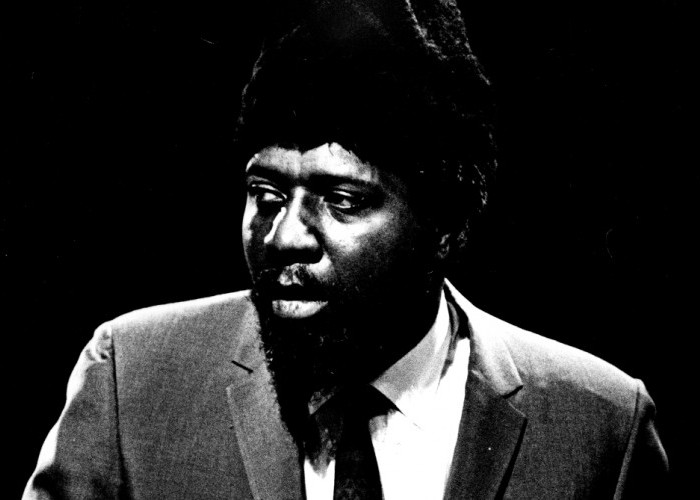

His playing technique offered a percussive approach to the piano, identified by sparse, complex, sometimes dissonant harmonies, developed from unusual intervals and rhythms, and imbued with warmth and playfulness. Tracks 11 and 12 previously unreleased.Recognized as one of the most original musicians in American history, Thelonious Sphere Monk fashioned a startlingly unique, inimitable playing and composing style that influenced virtually every succeeding jazz generation. Track 10 first released on the 1963 Columbia compilation LP The Giants of Jazz.


"Eronel" (Monk, Idrees Sulieman, Sadik Hakim) – 4:29." Tea for Two" ( Vincent Youmans, Irving Caesar) – 3:46.Track listing Īll tracks composed by Thelonious Monk except where noted. Koenigswarter was Monk's friend and patron, and she wrote the liner notes for the original LP. The track "Pannonica" is available only on CD re-issue and named for Baroness Pannonica de Koenigswarter. The track "Crepuscule with Nellie" is a piece Monk wrote for his wife. "Eronel" is a distinctly bop tune that is fast-paced and showcases Monk's virtuosic piano playing. īefore entering the studio to record this album, a journalist reportedly asked Monk if he would be recording a new solo rendition of the classic song " Don't Blame Me", to which he replied: "Maybe, it depends on how I feel when I get there." Monk recorded his solo version of "Don't Blame Me" right after arriving at the studio. However, many retrospective reviews for CD reissues of the material have argued that the Columbia recordings have their own virtues, documenting a well-rehearsed band that had thoroughly absorbed the material in a way that some of Monk's 1940s and 1950s studio bands were unable to. Ĭriss-Cross and Monk's other Columbia recordings have been criticized for revisiting well-worn material and offering few new compositions or new perspectives on older works. It later became known that as Monk's international profile was reaching its apex in the mid-1960s, his manic depressive episodes were getting more severe and his composing output was diminished. Allmusic's Lindsay Planer called the album "some of the finest work that Monk ever did in the studio with his '60s trio and quartet." The critical and popular success of the group during this period led to Monk's appearance on the cover of Time magazine in February 1964. The quartet of musicians that appear on the album had been playing together for four years at the time of the recording sessions, and was thus one of the longer-lived bands of Monk's career. Criss-Cross was recorded during and shortly after the sessions for Monk's first Columbia LP, Monk's Dream.


 0 kommentar(er)
0 kommentar(er)
